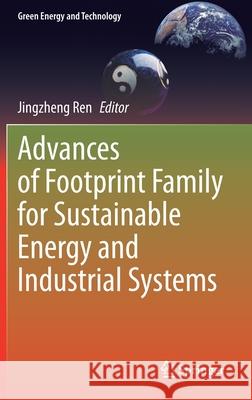Advances of Footprint Family for Sustainable Energy and Industrial Systems » książka
topmenu
Advances of Footprint Family for Sustainable Energy and Industrial Systems
ISBN-13: 9783030764401 / Angielski / Twarda / 2021 / 239 str.
Advances of Footprint Family for Sustainable Energy and Industrial Systems
ISBN-13: 9783030764401 / Angielski / Twarda / 2021 / 239 str.
cena 403,47 zł
(netto: 384,26 VAT: 5%)
Najniższa cena z 30 dni: 385,52 zł
(netto: 384,26 VAT: 5%)
Najniższa cena z 30 dni: 385,52 zł
Termin realizacji zamówienia:
ok. 22 dni roboczych
Bez gwarancji dostawy przed świętami
ok. 22 dni roboczych
Bez gwarancji dostawy przed świętami
Darmowa dostawa!
Kategorie:
Kategorie BISAC:
Wydawca:
Springer
Seria wydawnicza:
Język:
Angielski
ISBN-13:
9783030764401
Rok wydania:
2021
Wydanie:
2022
Numer serii:
000355820
Ilość stron:
239
Waga:
0.52 kg
Wymiary:
23.39 x 15.6 x 1.6
Oprawa:
Twarda
Wolumenów:
01
Dodatkowe informacje:
Wydanie ilustrowane











